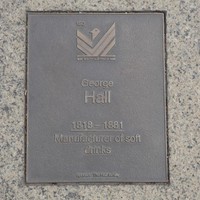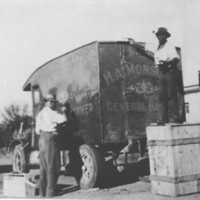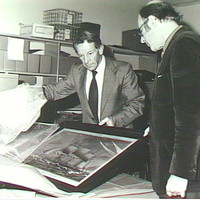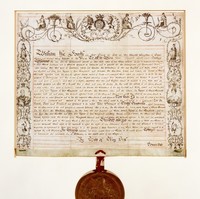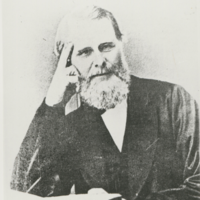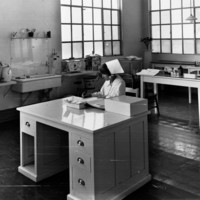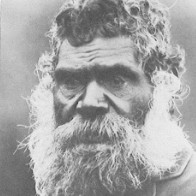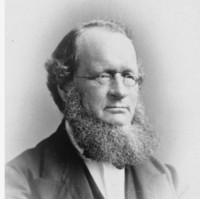While statewide historical societies formed in New South Wales in 1901, Victoria in 1909, Queensland in 1913 and Western Australia in 1926, South Australians lagged in founding societies to commemorate their own history.
This did not mean that all ignored their past. Several founders of the Royal Geographical Society of Australasia, South Australian Branch (1885), hoped that the society would devote much attention to the recording of history, and through their efforts the society fulfilled some functions of a state historical society.
